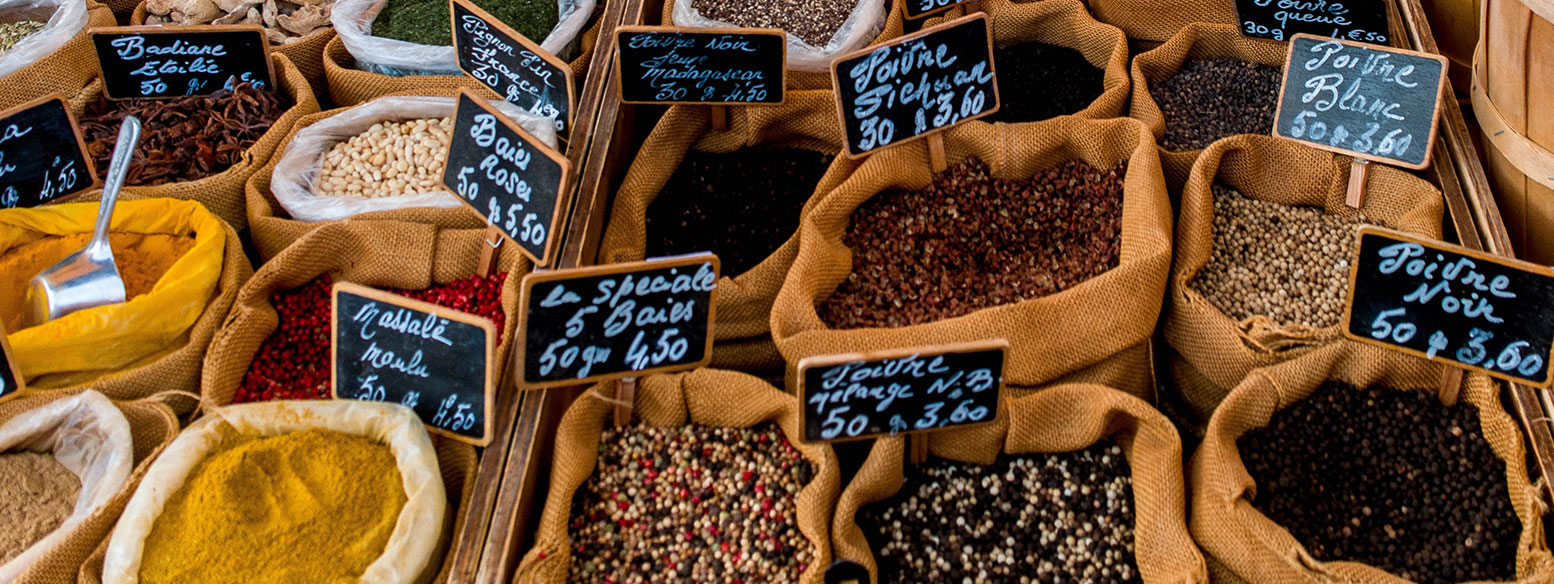M Meal Planning and Prepping
Mastering Meal Prep: Your Guide to Easy and Nutritious Cooking
By
Beauty Doctor MD September 25, 2023

In today’s fast-paced world, finding time to cook nutritious meals can be a challenge. That’s where meal prep and batch cooking come to the rescue. These time-saving techniques not only simplify your daily routine but also ensure that you consistently enjoy healthy, homemade dishes. In this blog post, we’ll explore the art of meal prep and batch cooking, offering tips, strategies, and a step-by-step approach to help you become a meal prep pro.

The Benefits of Meal Prep and Batch Cooking
Meal prep and batch cooking offer numerous benefits that can make a significant difference in your daily life:
- Time Savings: Preparing meals in advance reduces daily cooking time, giving you more free time during the week.
- Consistent Nutrition: With preplanned meals, you can ensure that your diet is balanced and packed with the nutrients you need.
- Reducing Food Waste: Meal prepping helps you buy and use ingredients efficiently, minimizing food spoilage.
- Financial Savings: Eating out less and buying groceries strategically can save you money in the long run.
- Stress Reduction: Knowing that your meals are ready can relieve the stress of daily cooking decisions.
Getting Started with Meal Prep
The key to successful meal prep is careful planning:
- Assess Your Needs: Determine your dietary goals, the number of meals you need, and any dietary restrictions.
- Plan Your Menu: Create a menu for the week, selecting recipes that align with your goals and preferences.

- Make a Shopping List: Compile a comprehensive shopping list based on your menu to ensure you have all the necessary ingredients.
Essential Tools and Containers
To make meal prep and batch cooking efficient, you’ll need the right tools and containers:
- Cookware: Invest in quality cookware such as sheet pans, baking dishes, and a slow cooker for efficient cooking.
- Storage Containers: Choose a variety of containers, including glass or plastic containers with airtight lids, to store your prepared meals.
- Labeling Materials: Use labels, markers, or masking tape to date and identify your prepped meals.
Batch Cooking Techniques
Efficient batch cooking can save you time and effort:
- Time Management: Allocate a specific day and time each week for batch cooking and meal prepping.
- Efficient Ingredients: Select ingredients that can be used in multiple recipes to minimize waste.
- Multi-Tasking: Utilize your kitchen appliances and multitask to cook multiple components simultaneously.
- Cooking in Batches: Prepare larger quantities of grains, proteins, and vegetables that can be portioned for multiple meals.
Meal Prepping Strategies
Effective meal prepping ensures your meals are ready to enjoy:
- Portion Control: Divide your batch-cooked items into single or family-sized portions to prevent overeating.
- Freezing Meals: Consider freezing meals that won’t be consumed within a few days to extend their shelf life.
- Building Balanced Meals: Ensure that each meal includes a protein source, vegetables, and a carbohydrate for a well-rounded plate.
- Variety: Rotate your menu to keep meals exciting and prevent culinary boredom.
A Week of Meal Prep
Here’s a sample meal prep plan for a week:
Sunday: Batch Cooking Day
- Prepare a batch of grains like quinoa or brown rice.
- Roast a variety of vegetables with olive oil, salt, and pepper.
- Grill or bake lean proteins like chicken, tofu, or fish.
- Portion your batch-cooked ingredients into containers for easy assembly.
Monday: Breakfast Prep
- Make a batch of overnight oats with rolled oats, yogurt, and fruit.
- Portion into individual containers for quick grab-and-go breakfasts.
Tuesday: Salad Jars
- Create salad jars with layers of greens, protein, veggies, and dressing. Keep them refrigerated for freshness.
Wednesday: Soup and Stew
- Prepare a large pot of soup or stew with plenty of vegetables and protein.
- Divide into portions and freeze for future meals.
Thursday: Snack Packs
- Assemble snack packs with nuts, dried fruit, and a small piece of dark chocolate for healthy between-meal snacks.
Friday: Wraps and Sandwiches
- Make a batch of whole-grain wraps or sandwiches with various fillings.
- Wrap individually for lunches or quick dinners.
Saturday: Family Dinner Prep
- Plan a family dinner that provides leftovers for the next day.
- Portion leftovers into individual containers for easy reheating.
Storing and Reheating
Proper storage and reheating ensure your prepped meals stay fresh:
- Proper Storage: Ensure that your containers are airtight to keep your prepped meals fresh.
- Refrigeration: Store meals in the refrigerator for up to four days to maintain quality.
- Freezing: Label and freeze meals you won’t consume within a few days. They can typically be kept for several months.
- Reheating: Reheat meals in the microwave or oven, ensuring they reach a safe internal temperature.
Troubleshooting Common Challenges
Here are some tips for common meal prep challenges:
- Taste and Flavor: Experiment with seasonings, sauces, and herbs to keep your meals exciting.
- Limited Storage Space: Maximize your storage space with stackable containers and efficient organization.
- Lack of Time: Opt for simpler recipes and quicker cooking methods on busy days.
- Dietary Preferences: Adjust recipes to accommodate dietary restrictions or preferences.
Conclusion
Meal prep and batch cooking are powerful tools for streamlining your eating habits, saving time, and achieving your nutritional goals. With the right planning, techniques, and a bit of practice, you can transform your relationship with food and enjoy the many benefits of these time-saving strategies. Start small, stay organized, and watch as meal prep becomes an integral part of your healthy lifestyle.


